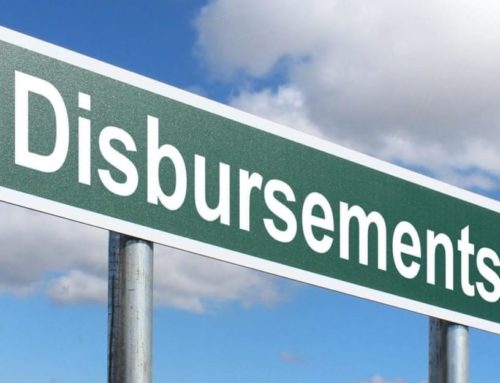Client X has been a client of ours for years. In 2018, as a result of a large payout over a patented product, they had an extremely good year which resulted in profit of £4.65m and taxable profits of £4.5m.
Client X is a specialist group of companies that transforms waste and by-products into sustainable products for many industrial sectors. They had traded for a number of years with their patented product in an exclusivity agreement with a large organisation. The organisation didn’t fulfil the commitments of the contract and, as a result, broke the terms which led to a substantial pay out to Client X in damages.
The thing is, when things are going good there’s still tax to pay. And when things are going really good – you guessed it…there’s even more tax to pay.
Though having had a good year, Client X’s owner was disappointed, but accepted the initial tax charge on the company’s profits. He was concerned the tax might impact on the funding of future opportunities and ideas the group might have.
Without a plan, Corporation tax on the taxable profits would have been around £850k
The first thing we did to reduce the tax implications of such a big payout was make an R&D claim.
Research and Development tax relief helps support businesses in their development of projects. For small and medium sized companies the costs of the R&D expenditure will result in a further deduction of 130% of R&D costs against the profit. Client X had, for a number of years preceding, been developing a Biomass fuel source in TexFuel, made from disposed-of carpet which would normally have ended up in landfill.
With a submitted R&D claim and built up R&D losses, we were able to save roughly £310,000. The owner was happy with the work we’d done and the money saved.
But the R&D claim led us to ask “What more can we do about the tax?”.
In most circumstances, this alone would be considered a great result. However, with Client X’s core product being patented we saw the opportunity to pursue the Patent Box Regime, introduced by the Government in 2013.
The Patent Box regime is designed to incentivise UK companies to commercialise their intellectual property, and develop new patented products. It does this by reducing the rate of corporation tax on profits earned on the patents to 10%.
Being new to the Patent Box regime, we took it upon ourselves to understand the initiative for our client
Our process of learning meant two weeks of watching webinars, reading and translating information on the government website and using many other resources to gain the understanding for the calculation. This allowed us to create the working paper to work it out for Client X.
The patent box calculation itself led to a further reduction in the corporation tax of £336k, reducing their tax liability to £204k.
Keeping our focus on R&D over the next year meant a further reduction in tax. The following accounting year a further R&D claim resulted in R&D losses that could be carried back against the profits in the previous period. This reduced the tax liability from £204k to just £35k.
Overall, the potential tax liability went from £850k to just £35k
Client X were extremely happy with the work we did. In the process we’ve gained another company from the Client X group which was originally intended to be placed with different accountants.
In the process of reducing their tax, and learning what we needed to guide them through a beneficial incentive, the team at Client X have come to trust our advice and trust us to get the best result for their company. Our hard work really did pay off for our client, and we could be more pleased for them!
If you’re worried your tax bill might be impacting future funding opportunities, and you’d like us to see where you could be making more of a saving, get in touch here, or come and see us at our Southport town centre office. Don’t let tax stand in the way of your ambitions.






